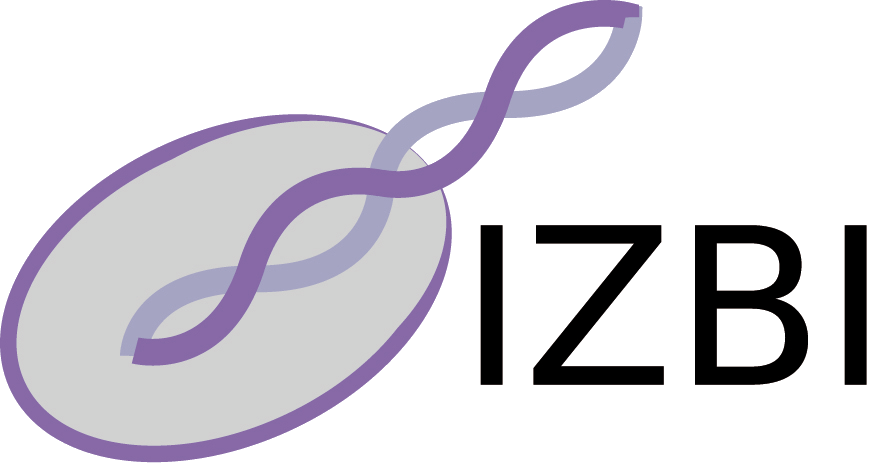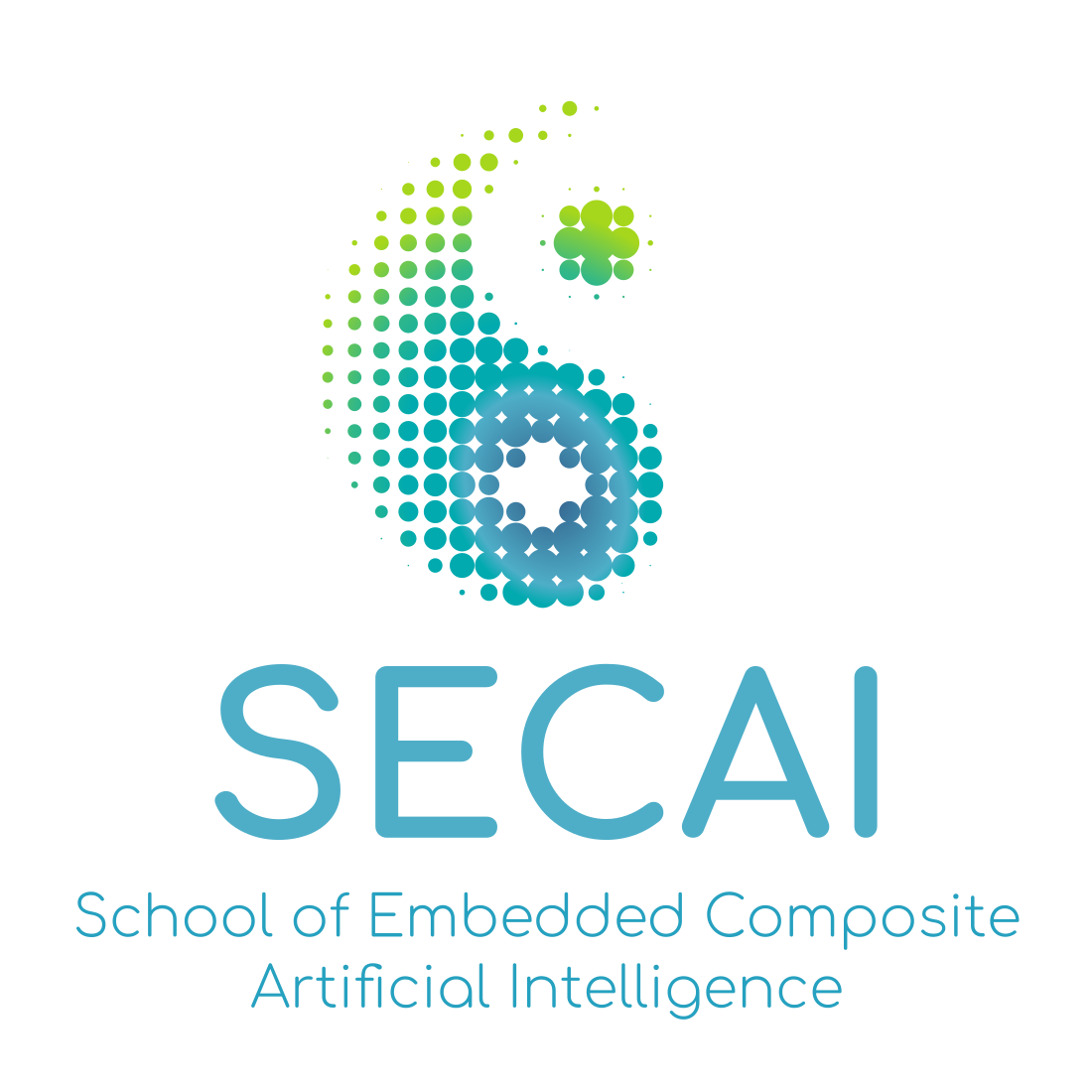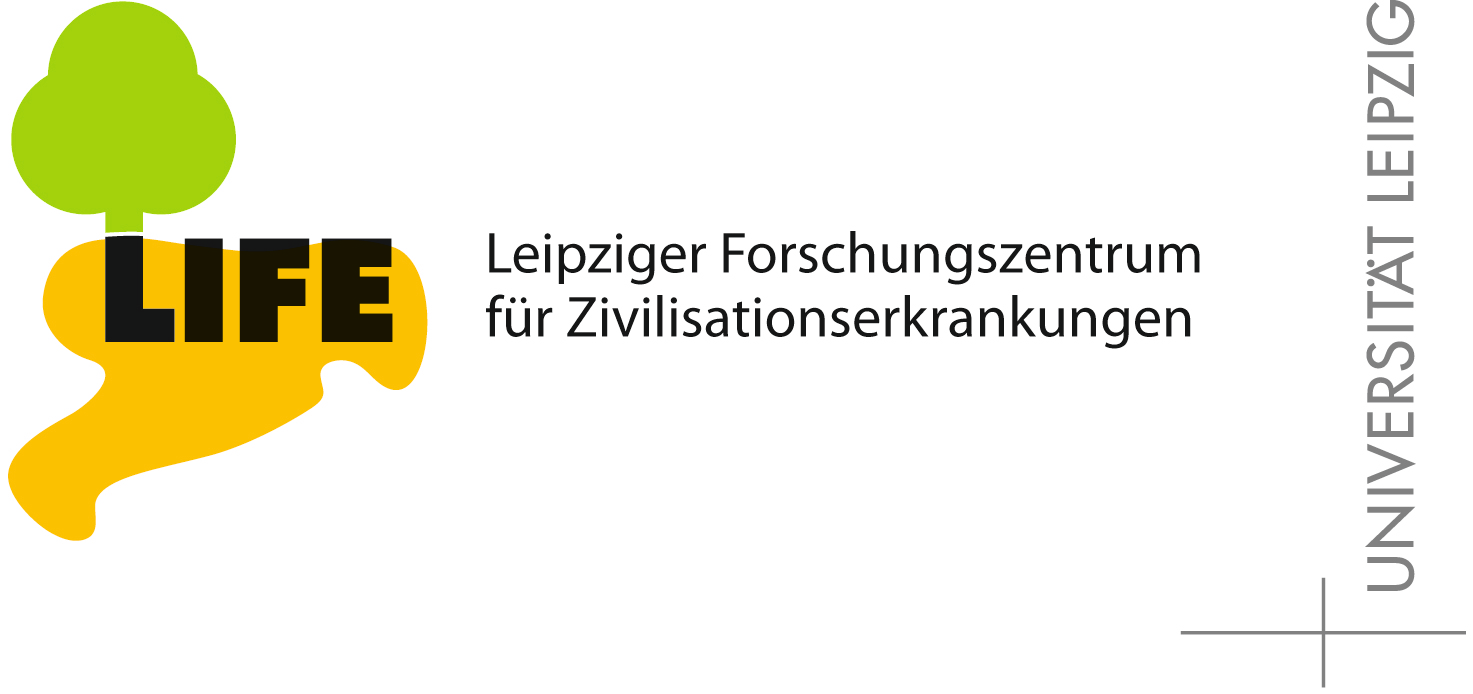Publications - Published papers
Please find below publications of our group. Currently, we list 565 papers. Some of the publications are in collaboration with the group of Sonja Prohaska and are also listed in the publication list for her individual group. Access to published papers ( ) is restricted to our local network and chosen collaborators.
If you have problems accessing electronic information, please let us know:
) is restricted to our local network and chosen collaborators.
If you have problems accessing electronic information, please let us know:
 ) is restricted to our local network and chosen collaborators.
If you have problems accessing electronic information, please let us know:
) is restricted to our local network and chosen collaborators.
If you have problems accessing electronic information, please let us know:©NOTICE: All papers are copyrighted by the authors; If you would like to use all or a portion of any paper, please contact the author.
ExpaRNA-P: simultaneous exact pattern matching and folding of RNAs
Otto C, Möhl M, Heyne S, Amit M, Landau GM, Backofen R, Will S.
Download
PREPRINT 15-026:
[ Publishers's page ]
[ Publishers's page ]
Status: Published
BMC Bioinformatics. 2014 Dec 31;15(1):6602
Abstract
BackgroundIdentifying sequence-structure motifs common to two RNAs can speed up the comparison of structural RNAs substantially. The core algorithm of the existent approach ExpaRNA solves this problem for a priori known input structures. However, such structures are rarely known; moreover, predicting them computationally is no rescue, since single sequence structure prediction is highly unreliable.ResultsThe novel algorithm ExpaRNA-P computes exactly matching sequence-structure motifs in entire Boltzmann-distributed structure ensembles of two RNAs; thereby we match and fold RNAs simultaneously, analogous to the well-known ¿simultaneous alignment and folding¿ of RNAs. While this implies much higher flexibility compared to ExpaRNA, ExpaRNA-P has the same very low complexity (quadratic in time and space), which is enabled by its novel structure ensemble-based sparsification. Furthermore, we devise a generalized chaining algorithm to compute compatible subsets of ExpaRNA-P¿s sequence-structure motifs. Resulting in the very fast RNA alignment approach ExpLoc-P, we utilize the best chain as anchor constraints for the sequence-structure alignment tool LocARNA. ExpLoc-P is benchmarked in several variants and versus state-of-the-art approaches. In particular, we formally introduce and evaluate strict and relaxed variants of the problem; the latter makes the approach sensitive to compensatory mutations. Across a benchmark set of typical non-coding RNAs, ExpLoc-P has similar accuracy to LocARNA but is four times faster (in both variants), while it achieves a speed-up over 30-fold for the longest benchmark sequences (¿400nt). Finally, different ExpLoc-P variants enable tailoring of the method to specific application scenarios. ExpaRNA-P and ExpLoc-P are distributed as part of the LocARNA package. The source code is freely available at http://www.bioinf.uni-freiburg.de/Software/ExpaRNA-P.Conclusions ExpaRNA-P¿s novel ensemble-based sparsification reduces its complexity to quadratic time and space. Thereby, ExpaRNA-P significantly speeds up sequence-structure alignment while maintaining the alignment quality. Different ExpaRNA-P variants support a wide range of applications.















